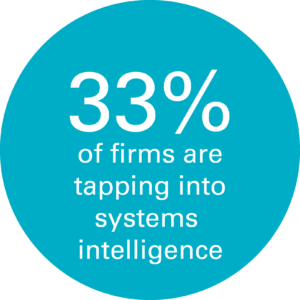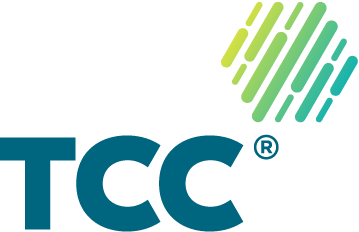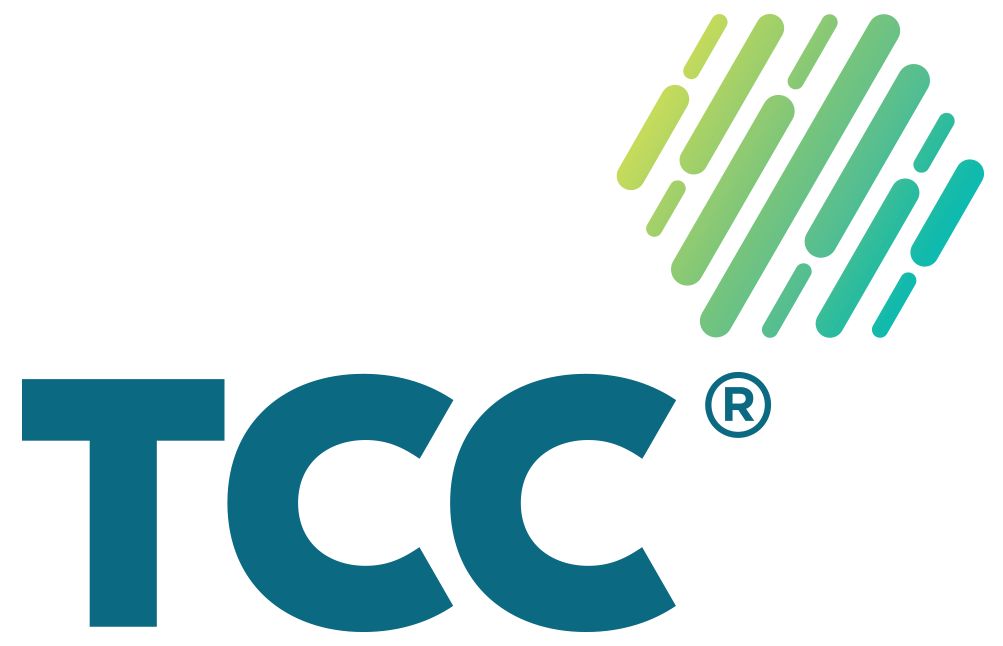The smarter way to measure culture
In our last blog, we talked about the common pitfalls of using surveys to measure culture and how to avoid them with a smarter culture survey. Despite their limitations, surveys and questionnaires continue to be the easiest and most popular way of understanding employee sentiment.
But today’s workplaces look a lot different to those of decades past.
The rise of communication platforms like Slack and Skype means that, whenever they clock out, your employees have left a vast digital footprint. Evidence of who they communicate with, what they’re talking about and what they’re struggling with which can help you understand their behaviour.
How many culture programmes are tapping into this wealth of data to validate the findings from their annual culture survey? We know it’s not many.

You might be thinking this all sounds a bit Orwellian, but let’s look at it another way.
It’s not about individual employees
Dictatorial oversight isn’t the aim here. In fact, any sense of distrust or a lack of autonomy among your employees can quickly diminish a healthy culture. Plus, nobody actually wants to listen in on Joe and Jane talking about their cats.
What we do want is an anonymised, company-wide view of how employees are behaving and collaborating in real life – not just what it says in the survey responses. By combining this qualitative data with the power of AI-driven sentiment analysis, you can get a clear picture of the issues facing your workforce, and how those might differ across demographics or geographical location. And only then can you take tangible steps to mitigate those issues, making changes that positively impact the environment in which employees work.
We’re used to being monitored
Most of us go about our daily lives under some kind of surveillance. There are over 6 million CCTV cameras in the UK. Our iPhones regularly shame us over the amount of time we’ve spent glued to our screens that week.
It’s no different in the workplace, and employers were increasingly searching for tools that collect employee data long before the pandemic. For frontline staff, having calls recorded is part and parcel of the job. Likewise, trader surveillance is hardly a new concept for financial institutions.
What’s most important is the transparency around how the data is used. If the reason the data is being collected is clearly communicated, the results of it are openly shared, and there’s robust governance around the ethical use of the data, it’s likely that most employees won’t bat an eyelid.
With that in mind, if you’re not already leveraging the insights available in your communication platforms, it’s definitely worth considering. By combining data from a wide range of sources, you’ll get the deepest understanding of your culture, setting your culture programme up for success.
Measure culture the smarter way
Book a demo to see how we're leveraging smart technology and big data analytics to measure culture

